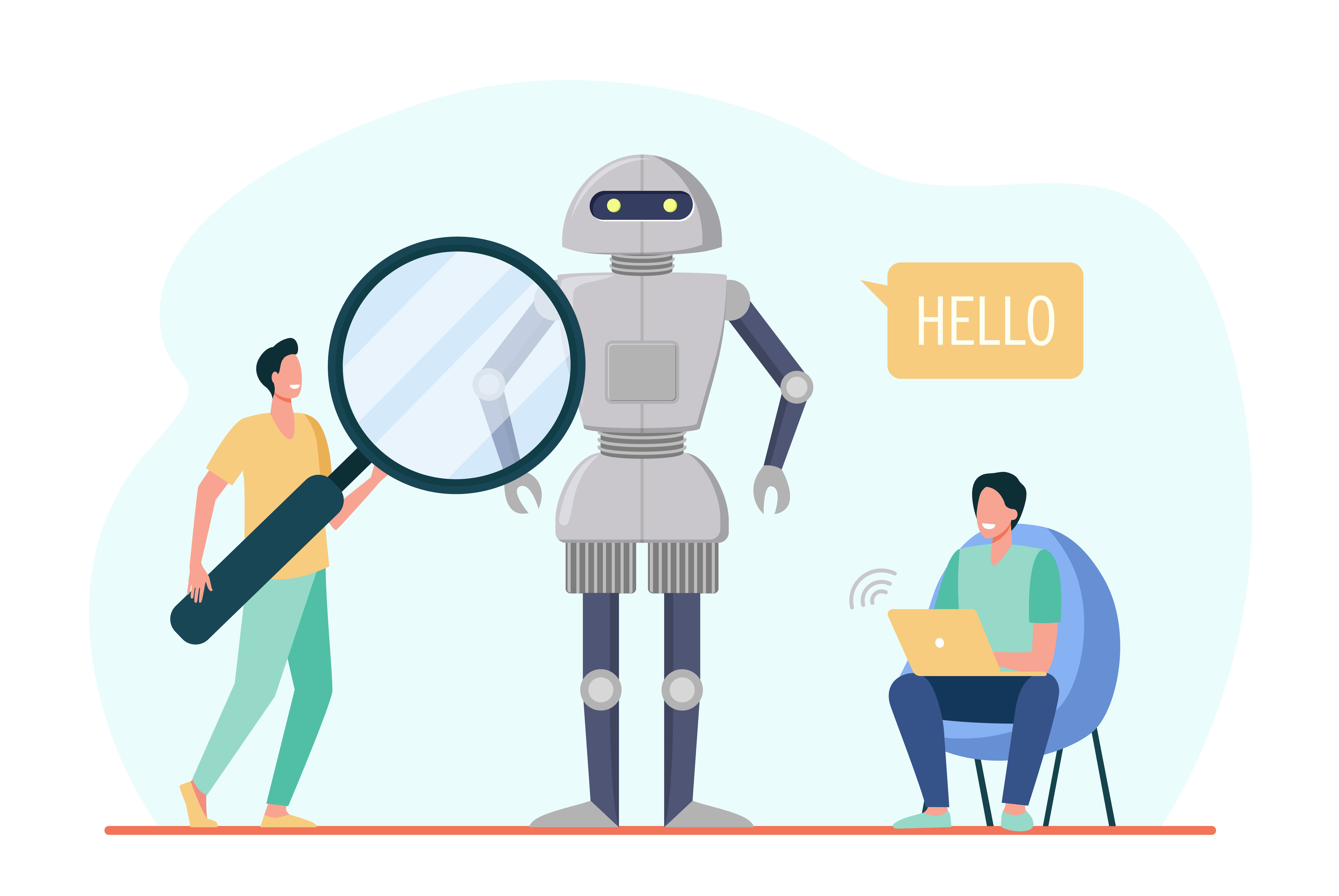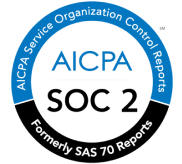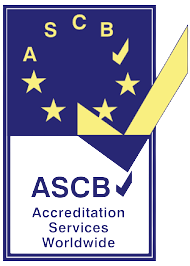When you are searching for what is biometric it means it is a device that reads or analyses the biological measurements of a person standing before the device. For instance, fingerprint mapping, retina scans, and facial or voice recognition.
Organisations use offline or virtual biometric devices to record mostly to record attendance of their employees on a daily basis. It is basically a security system or mechanism that needs to be in place for recording the daily attendance marking of an employee and eliminating any kind of theft, indiscipline, or unauthorised logins in the system.
What Are The Different Types Of Biometrics In Devices For Recording The Attendance?
Usually, we see the biometric devices divided into three groups.
1. Biological
2. Morphological
3. Behavioural
Biological biometric systems read your DNA or blood through a sample of your body fluids. Here, this type of biometrics, in the sense of recording daily attendance, is not viable.
Morphological biometric systems are more in use as these read the structure of your body. It means analysing your fingertips, retinas, facial features, etc. Such devices are more common in organisations to record daily employee attendance.
Behavioural biometric systems record a person’s way of walking, speaking, typing on the keyword, etc., to track certain patterns and behaviours. Such biometrics can be used while interviewing people but not specifically in recording attendance.
How Does A Biometric Device Work?
Each person has a unique physical structure, like fingerprints and retinas – even if you’re a pair of twins. So, this unique characteristic helps to augment the need for the password in securing the system and recording daily attendance in mobile phones, computers, or other mobile devices easily.
Once you feed the biometric device with your data, it is saved on the cloud server. It reads your fed data for future access and references. Mostly, the data fed to the system is encrypted and has a high level of security measures and layers, especially if you use a GDPR- and DPDPA-compliant, SOC-2- and ISO-certified attendance management system.
When you implement a virtual biometric system in your organisation, the process is faster. It can record the attendance of your employee with a punch-in or punch-out. It can track the live location of your employees, even if they are working from remote locations.
4 Top Reasons to Use a Biometric Management System
1. Higher accuracy in attendance record for each employee
2. Improved discipline and punctuality
3. Unmissable trail of daily attendance of each employee
4. Impossible to proxy the attendance records
Benefits of a Virtual Biometric Attendance System in Your Organisation
- It is paperless, which means there is no yearly maintenance cost.
- It records the attendance at any time - from anywhere.
- It has geo-tagging and geo-fencing features for accurate attendance marking, irrespective of the location.
- It can integrate with other HR modules like timesheets, leaves, and payroll.
Best Practice:
Get your employees to record attendance on time when you implement a virtual biometric system by uKnowva. It has all the latest features like Geo-tagging, Geo-fencing, Happiness Metre, etc., to make the daily attendance more seamless and self-serving for the user.















